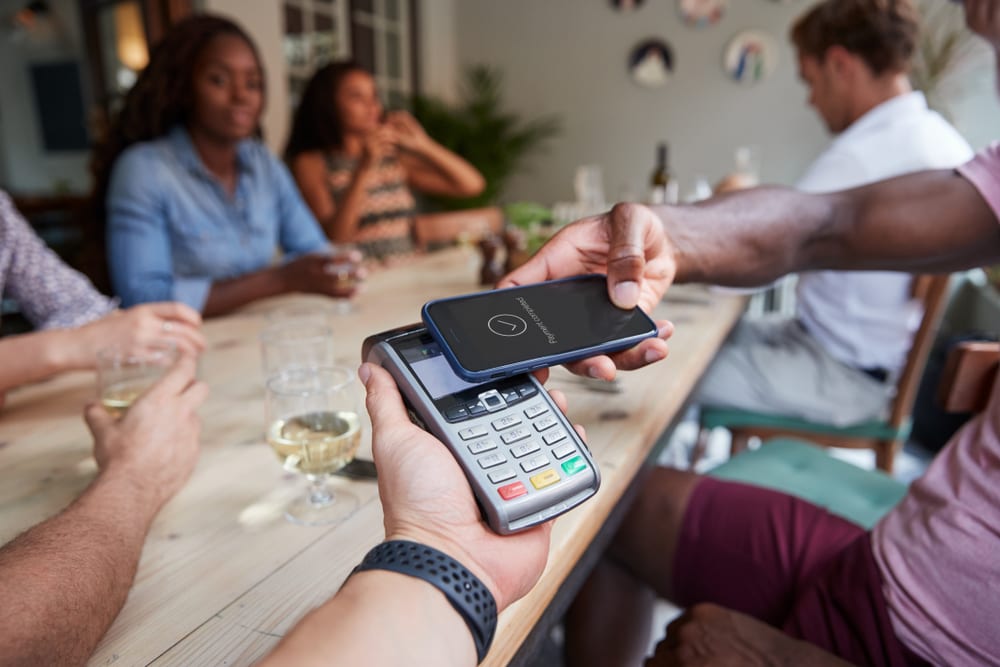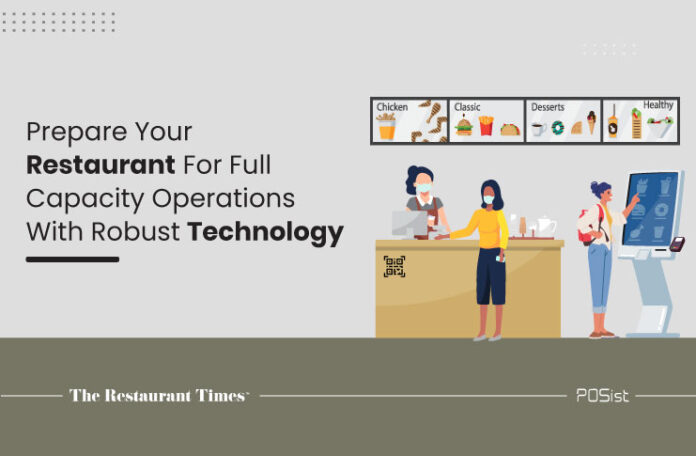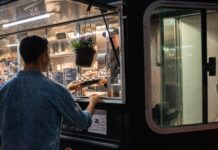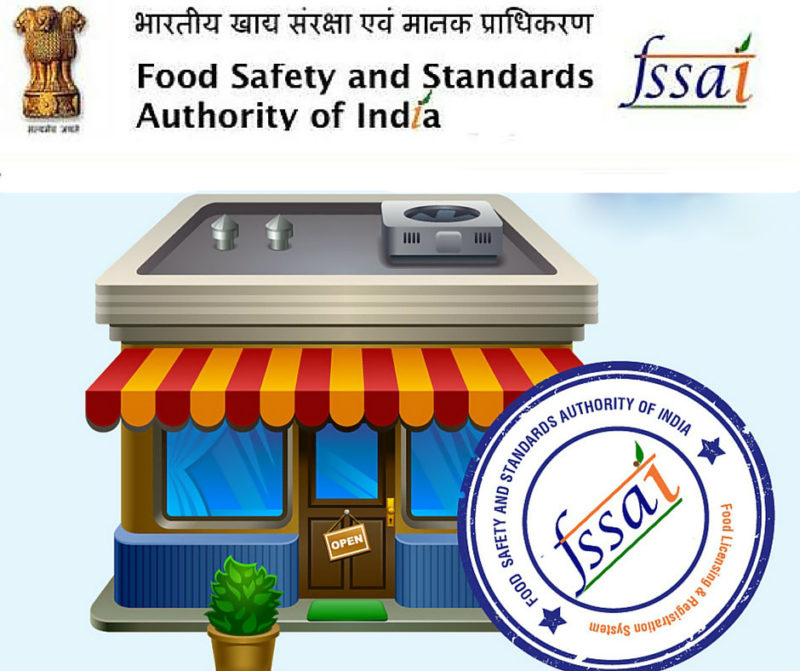In the post-pandemic times, restaurants and eateries are reopening which means more customer footfall and higher occupancy. As a restaurant owner, you need to prepare for a higher frequency of food production and table turnover while keeping social distancing norms in mind. In the restaurant industry, effective capacity management is critical to success which depends largely on how well you can control the traffic. Restaurant technology can simplify your operations to a great extent and
The restaurant industry has evolved dramatically in the last decade, owing to new technologies and changing customer tastes. As a restaurant owner, you cannot let your customers wait in line for hours and hours or pressure staff to somehow manage customer expectations. Every customer wants their meal quickly and doesn’t want to be kept waiting for lengthy periods. Customers also want to be able to order delivery and takeaway. Also, they want all their dietary requirements and taste preferences to be satisfied. Technology can easily streamline your day to day operations on busy nights and weekends. You can make sure your restaurant never has to face capacity constraints and mismanagement issues with these technologies.
5 Must-have Elements Of Restaurant Technology
Here is a list of technological elements you need to include to prepare your restaurant for full capacity operations.
1. Kitchen Display System
Speedy service has always been crucial in the restaurant industry, but it has never been more so now that restaurant capacity is increasing again. By eliminating bottlenecks in the back-of-house, a reliable kitchen display system (KDS) can increase your service speed. With the latest systems, you can even monitor the digital checklist that your chefs, culinary helpers, and waiters make which can save time, increase productivity and accuracy while removing misunderstandings.
By eliminating the need to read handwritten checks or manually handle printouts from kitchen printers, the KDS helps to simplify and enhance the flow of work in the kitchen. Moreover, these solutions serve as a link between the Point-of-Sale (POS) and the kitchen, making order management and sequencing easier.
2. Point of Sales (POS) System
Having a well-functioning Point of Sale (POS) system can go a long way toward ensuring that all your operations run smoothly. Businesses that invest the time and resources to set one up, before they need it, will reap the rewards. Beyond credit card processing, the latest point of sale software allows restaurants to benefit from contactless payment options, e-Commerce integration, and more.
Using analytics to track data enables businesses to detect pricing or cash flow anomalies that can result in losses or sales interruptions. POS systems also track inventory and purchasing patterns to help merchants avoid difficulties like running out-of-stock and customize purchasing and marketing to client preferences.
3. Contactless Payments
The dining experience has evolved considerably since the pandemic. Contactless options are not just convenient for your restaurant customers, they are also secure and efficient. Tap and mobile payments offer extra security because they enable your customers to pay their bills without ever handing their credit card over to anyone, entering a pin, or signing a receipt.
Since 2019, contactless credit cards and smartphone payments have grown in popularity throughout the world, with 31 million Americans reporting using them between March 2019 and March 2020. If your restaurant serves a big volume of customers, speeding up the payment process using restaurant technology is very beneficial. Streamlining transactions can increase income by allowing you to turn over more tables or move counter lines faster. It can be a hassle for your customers when they can’t pay through their mobile. When reopening your restaurant, contactless payment is an important step to consider because it does help you prevent front-of-house queues by speeding up transactions.

4. QR Code Ordering
Your customers can now order and pay for their meal by simply scanning a code placed on their table. With no need to download an app, this restaurant technology is incredibly easy for your customers to not only make their initial order but to continue ordering without having to wait in line. It is also a secure and user-friendly mode of ordering via their own smartphone.
QR Menu is a solution for restaurants and hotels that want to improve their safety and hygiene. A QR code menu not only provides a touch-free menu experience but also assures germ-free meals. Contact between your waiters and dine-in customers regarding menu choices is eliminated, delivering a safe and pleasurable experience. It not only gives your customers peace of mind, but it also helps you increase table turn times, save labor costs, and get a better understanding of your customer behaviour by providing vital data.
5. Self-Ordering Kiosks
Self-Ordering Kiosks, which are integrated with the restaurant’s POS system, are quickly gaining traction at high-traffic, quick-service restaurants. Since the pandemic, small businesses have also been investing in self-ordering kiosks. What was formerly seen to be an expensive and impersonal piece of equipment is now recognized as a cost-effective approach to decrease face-to-face interaction while reducing service time.
With self-ordering kiosks, you can also reduce wait time for your customers and also serve more customers at any given point in time. For example, McDonald’s claims that locations, where it had installed kiosks, had a 5 percent to 6 percent increase in revenue. Restaurant chain Chili’s also witnessed a 20 percent spike in dessert sales after it put self-ordering kiosks to its tables. It is a perfect way to increase takeaways and delivery meals by a notch. It acts like a self-ordering system, specially built to make things easy for your working staff.
Customers can pick and choose from the whole menu via the kiosk, which is a free-standing physical structure. Without the assistance of a cashier or waitress, orders are then placed directly to the POS. With these different technologies, you can easily prepare your restaurant for higher traffic and busier days. They can empower your staff to be proactive in serving customers, giving you a smoothly-running restaurant overall.

















